Clients want to know it, and your boss is eager to find out: Do the time and budget you spend on social media translate into leads and customers?
To answer this question confidently, you must measure social media ROI.
If you’re a marketing manager who loves being creative but struggles with calculating social media return on investment, you’re not alone. According to a Socialinsider survey, ROI reporting is challenging for 35% of professionals in this field.
With so many platforms and strategies to consider, knowing if your social media efforts are actually paying off is not simple. But we’re here to help.
Read on to better understand the social media ROI definition, why it’s important, how to track social media analytics to calculate it, and what to do to improve it. In other words, how to convince others that you’re doing a great job.
Table of contents
What is social media ROI?
Social media ROI measures the financial benefit brands get from social media activities. ROI isn't just about gaining followers but about quantifying the monetary return from social media in relation to the investment made, including time, resources, and money. This performance measure helps brands understand how effectively their social media efforts are supporting business goals, such as increased sales, website traffic, or brand awareness.
Why tracking social media ROI matters
Brands can’t be competitive without social media anymore. Whether through dedicated pages, organic reach, paid ads, or influencer collaborations, social media is a must for brand awareness, trust, and sales.
However, keeping social media channels updated can be resource-intensive. Without the right measurements in place, you can easily overspend in inefficient areas and fail to spend your energy where needed. So, ROI tracking and reporting become essential for success.
Measuring social media ROI matters from two perspectives: that of the business and that of the social media manager.
From the business side of things, measuring social media ROI is important because it helps you:
- Understand social media marketing strategy efficiency. Get a benchmark of where you are, identify what's working and what's not, and improve.
- Optimize your social media strategy. Tracking social media ROI helps you refine your approach over time to maximize results.
- Allocate resources based on data. By understanding which platforms and tactics deliver the best results, you can focus your resources on the most impactful areas while avoiding overspending on channels or ideas that don’t work.
- Make informed, data-based decisions that support your overall marketing strategy.
From a social media manager’s perspective, whether working in-house or independently, tracking social media ROI is a must to prove the efficiency of your work. If you’re running a business, you must show clients the value of social media management services in order to survive and grow.
"If you can prove your ROI, you can charge so much money." - Amanda Webb, Teach Me Everything about Social Media ROI
How to calculate social media ROI
We’re going to do some math.
Don’t worry — it’s not that complicated, and it will help you ace social media marketing ROI.
Calculating social media ROI involves assessing the monetary value gained from social media efforts against the costs incurred. The general formula for calculating ROI is:
ROI = (Gain from Social Media) / (Cost of Social Media) x 100
Here's a breakdown of the formula:
The gain from social media (profit) represents the outcome you achieved through your social media activities. Depending on your goals, you can take into account different metrics, such as:
- Sales — If your social media efforts directly lead to sales, track the revenue generated from social media sources.
- Leads — If your aim is to attract potential customers, you can track the number of leads generated through social media, such as contact form submissions.
- Website traffic — Track how many visitors come from social media and how they convert into leads or sales.
- Brand awareness — This is more indirect but still valuable. You can measure metrics like follower growth, reach, and impressions to understand how visible your brand is becoming.
- Social media sentiment — Another indirect but important metric is how people perceive your brand, which can be measured by observing social media conversations and interactions. Fluctuations in sentiment can positively or negatively impact sales and revenue.
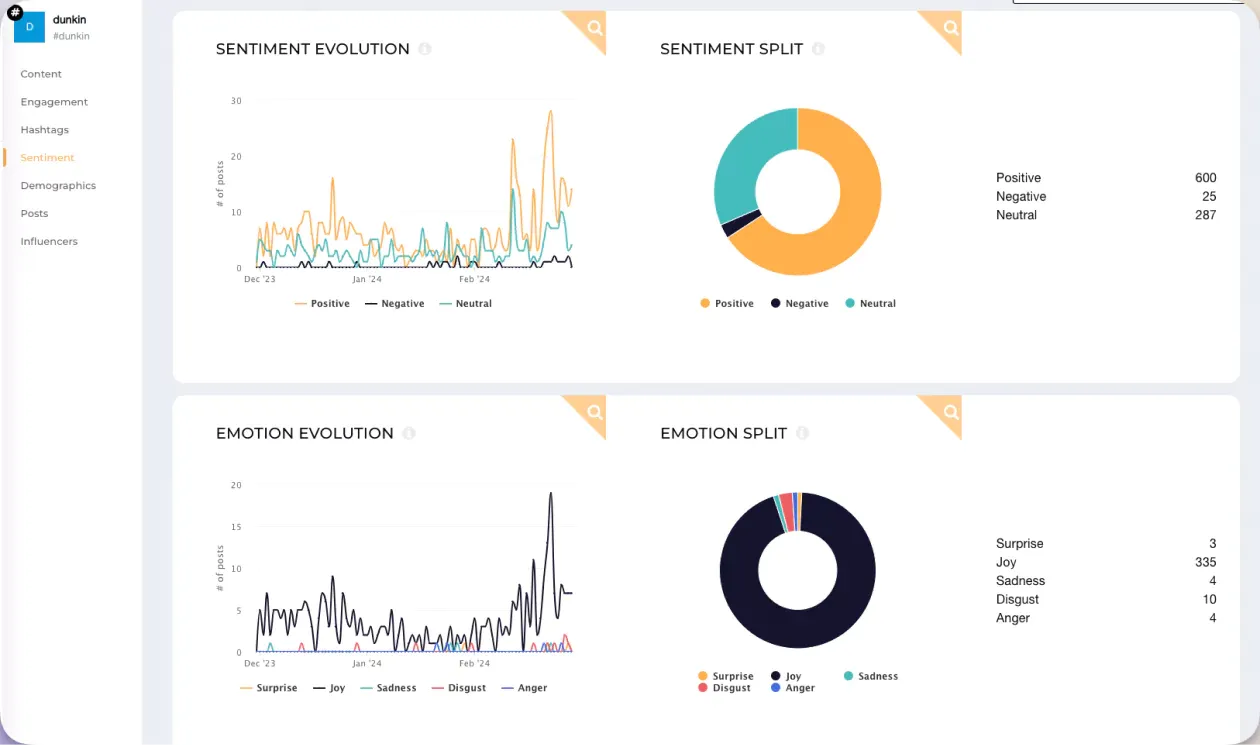
The cost of social media (investment) includes all the resources you invest in your social media efforts. Here's what to consider:
- Human resource costs. The time spent by you, your team, or collaborators on creating content, designing visuals, managing accounts, or interacting with followers.
- Digital assets. Costs of creating or buying high-quality photos, videos, or graphic design.
- Paid advertising in social media campaigns.
- Social media tools: management software, analytics tools, web tracking tools.
- Other costs, such as communication with clients, investment in equipment, business running costs etc.
The result of the equation is a percentage that tells you how efficient your social media activities are.
How do you evaluate social media ROI?
Determining whether the social media marketing ROI is “good” or “bad” is not straightforward.
As Amanda Webb explains in the Teach Me Everything about Social Media ROI webinar, a negative number means efforts are not going well, and there is a lot of room for improvement. It can also mean that you are just starting out tracking social media ROI and are at least getting an idea of where you stand.
Any positive number is a good sign. Even a 1% ROI means you are gaining more than spending (yay! 😊).
Also, keep an eye on social media benchmarks and the competition. Some studies report that the average ROI for social media ad campaigns is around 250%. Yes, that’s a big number, but paid campaigns generally generate much better results than organic ones.
Keep context in mind and remember that more important than the number per se is aiming to increase the return over time.
How to improve your social media ROI
Social media ROI is a number that shows you how well you are doing at a given point in time. You should pat yourself on the back for a positive result, but know there are always ways to improve. That being said, go about it strategically and look at the numbers to decide where your efforts should be better allocated.
Here are six ways in which you can enhance your ROI on social media:
1. Set clear goals
Are you focused or just doing a bit of everything? Define what you would like to achieve, such as brand awareness, website traffic, or lead generation. This will also make it easier to track revenue generated because you will have specific metrics to look at.
2. Target the right audience
You will get better results if you approach the right people with a tailored message. Research your ideal audience, analyze clients’ online behavior, create relevant content, and choose social media channels wisely.
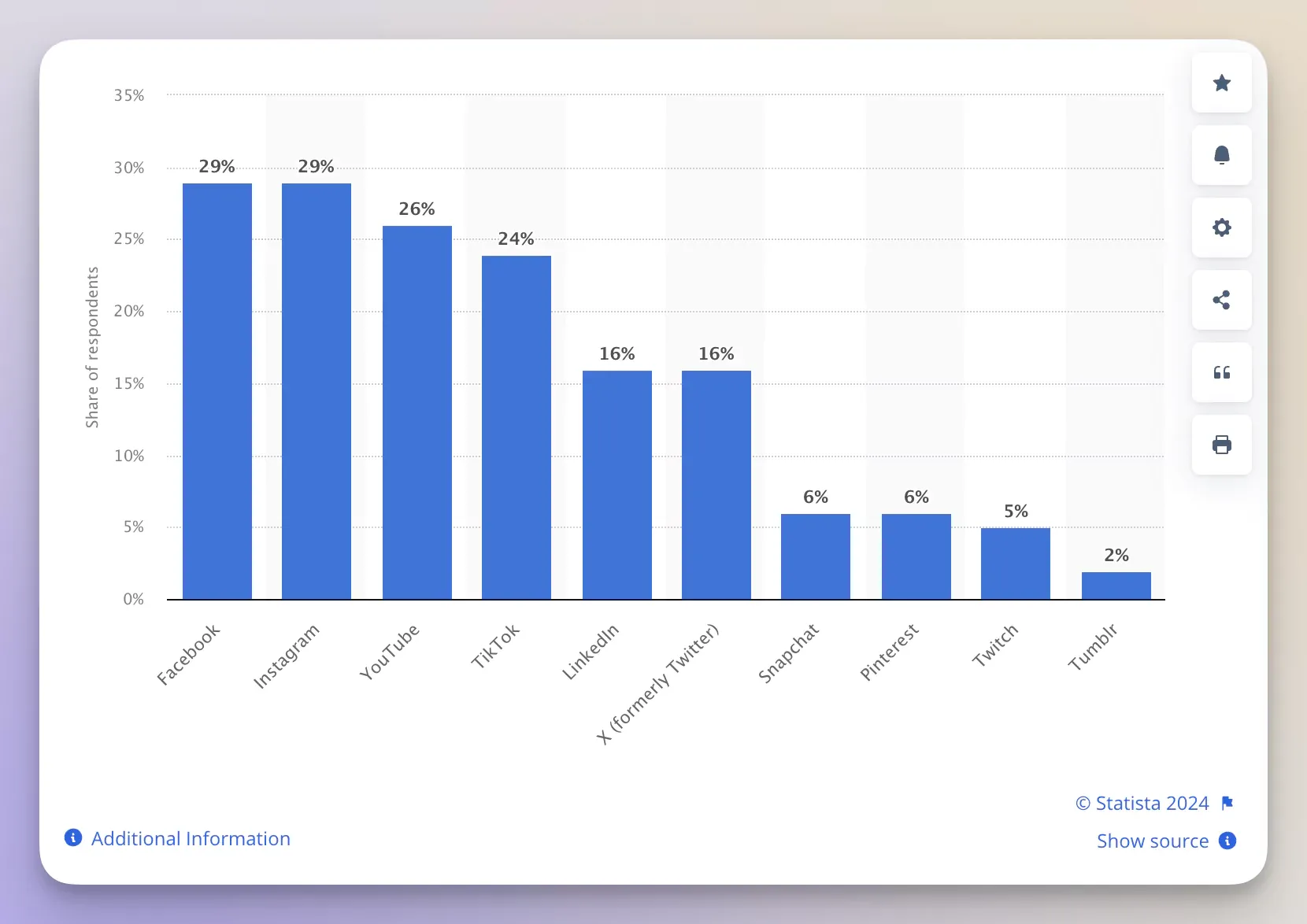
3. Optimize content
In addition to tailoring content to resonate with your target audience, personalize content for different social media channels. What works on Facebook won’t work on TikTok or LinkedIn. A one-size-fits-all approach won’t get you far in terms of social media ROI.
4. Encourage engagement
Create engaging and relevant posts that encourage interaction and sharing. Respond to comments, messages, and mentions to build trust. Join relevant conversations in your niche by identifying relevant hashtags and trending topics.
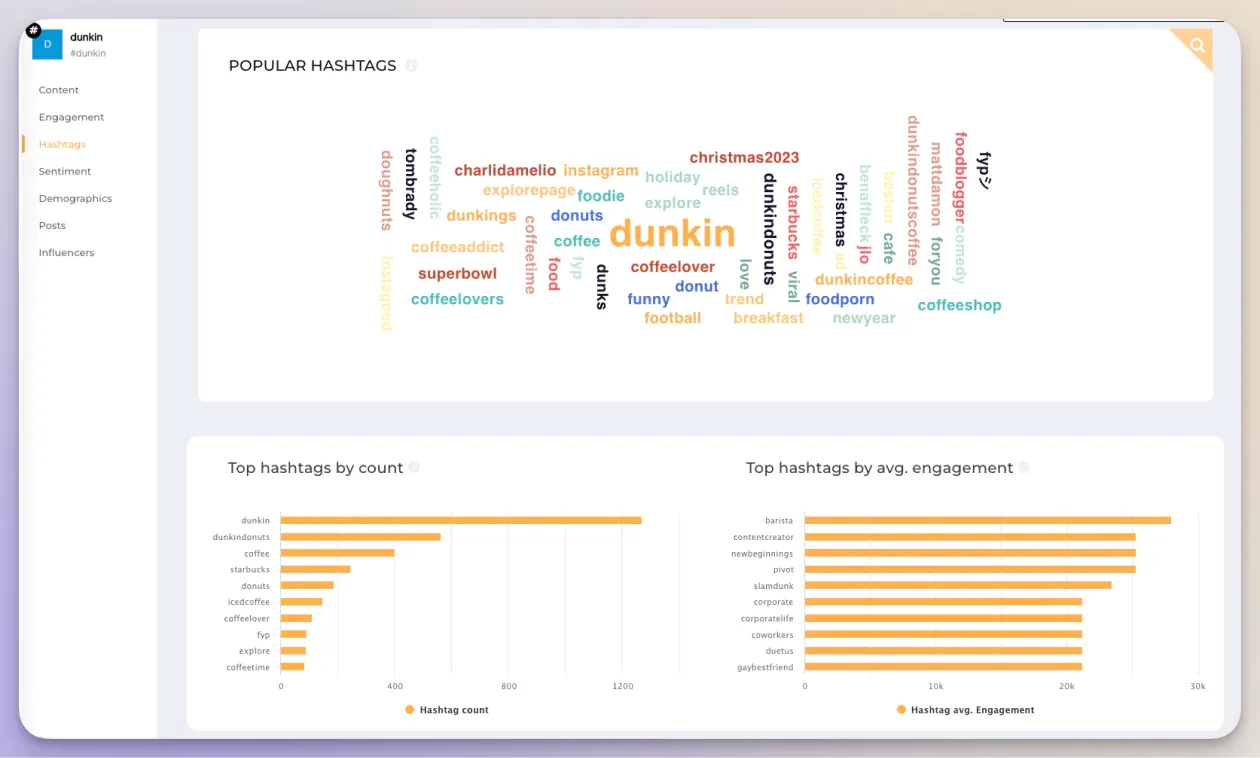
5. Test and improve social media analytics
46% of marketers say their main challenge in measuring social media ROI is determining the appropriate metrics to use, according to Gitnux. In order to overcome this challenge, do the following:
- Define KPIs that align with social media strategy goals.
- Conduct A/B testing to refine your approach and content.
- Use analytics tools for a comprehensive view of performance.
- Monitor patterns in audience behavior and content performance.
- Repeat and improve. Analytics should be part of any social media marketer's daily menu. It's not a one-time gourmet meal but a resource that sustains growth.
- Create dashboard reports to improve transparency and share results with managers and stakeholders.
6. Analyze the competition
Analyzing how the competition is doing in social media is a shortcut to improving social media ROI.
By observing competitors’ posting frequency, topics, content types, and engagement, you can adapt and refine your own social media strategy. This doesn't mean copying them but getting invaluable insights into what resonates with your audience that you would otherwise take months or years of testing to discover.
Let’s say you want to improve social media ROI for your snacks brand and want to see what channels are performing best for your competition. Use Socialinsider to quickly see where a brand, like Oreo, is most present.
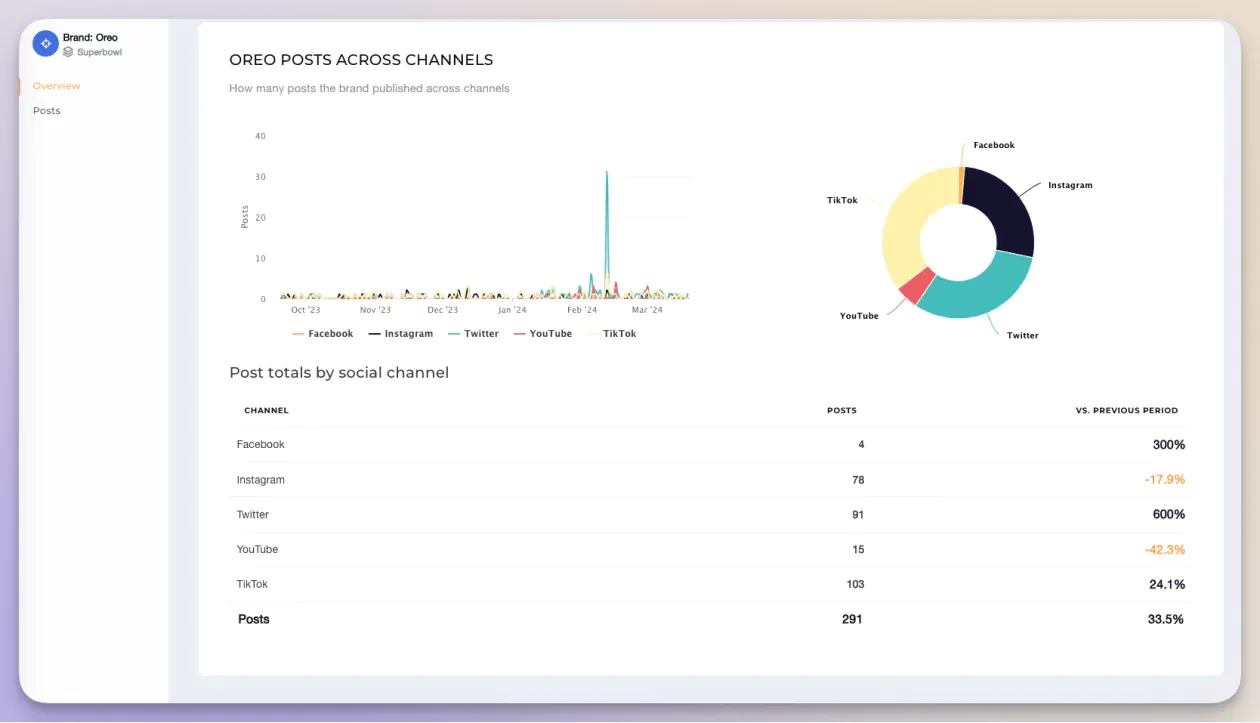
You can also drill down to better understand different engagement metrics, depending on what you are measuring for your brand.
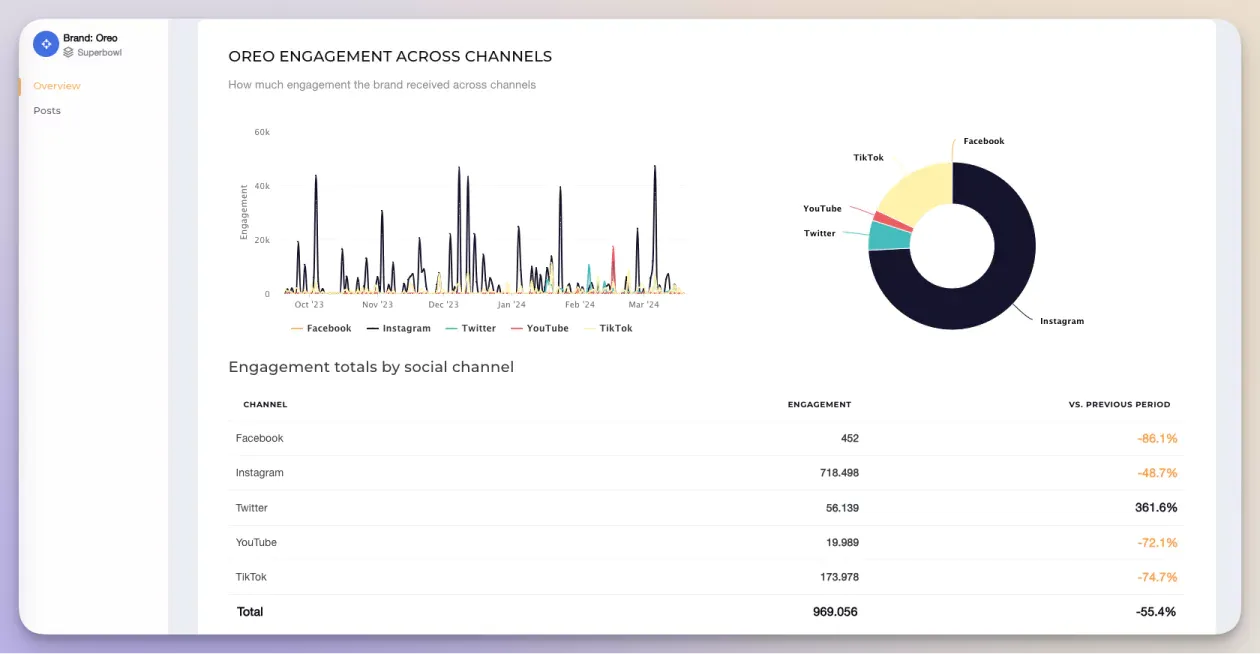
Find out what posts are getting the most traction, which channels have the most social media ROI potential, and who the influencers adding value to the brands’ presence are.
Mistakes marketers make when measuring social media ROI
Without previous experience measuring ROI on social media, it’s easy to fall into a few common traps. Let’s review them so you can avoid them in your activity.
Ignoring social media ROI
Even today, with access to social media analytics tools and a general focus on performance, many marketers still ignore ROI altogether. In fact, according to Techjury, as many as 83% of company managers don't bother to calculate the ROI of social media.
Calculating ROI on social media can be challenging without easy access to metrics and with all other things going on at once — because social media is not getting simpler by the day.
However, everything presented in this article so far proves that ignoring social media ROI is a mistake that can cost your business money and clients.
Focusing too much on social media ROI
The second common mistake sits at the opposite end. Some marketers focus too much on ROI in social marketing. We’re all for measuring, but not at the expense of ignoring other important parts, such as creating relevant content or experimenting with new strategies.
Aim for a balanced approach in which measuring social media ROI is a beneficial part of the process, providing everyone with valuable insights that inform action.
Focusing on the wrong metrics
Some social media marketers tend to look solely at vanity metrics because they are more readily available. While valuable in relation to other measurements, metrics like likes and shares may not directly correlate with ROI.
First, always ensure that you are measuring metrics correlated to your goals. Second, prioritize metrics that indicate measurable business outcomes, such as conversions, the number or quality of leads, and sales.
Not using the right ROI tracking tools
Another common mistake is failing to use the right tools to track ROI. This can happen because of a lack of awareness, the complexity of the tools, cost constraints, or fragmented data sources.
While some tools do indeed require training and some budget allocated to continuous usage, the cost of not measuring ROI is much higher in the long run.
Attribution inefficiency
A side-effect of not using the right tools or implementing them poorly is the failure to accurately attribute conversions to social media activities. This can influence ROI calculations and give you a false result.
To avoid this situation, implement ROI tracking mechanisms and test them to ensure correct attribution and measurement.
Tools to measure social media ROI
Given how important tools are in ROI reporting, let’s look at some essential ones to include in your social media toolkit.
- Google Analytics is one of the most used and comprehensive analytics tools available. It comes with a learning curve, but it’s worth it, as you can get in-depth insights into website traffic, conversions, and user behavior originating from social media channels.
- UTM parameters are widely used to accurately track the effectiveness of specific campaigns or posts. They are additions to URLs that follow a specific formula and help marketers understand the source of traffic by channel, campaign, etc.
- Pixels & Conversions APIs (Meta Pixel & TikTok Pixel) enable tracking of user interactions and conversions on respective platforms, providing valuable data for ROI analysis. However, in light of recent privacy updates on iOS devices, beware that they may not always provide precise measurements.
- Socialinsider for social media analytics, social listening, and competitor insights. Get unified access to social media data so you don’t have to switch platforms and compare. This saves you time and gives you a more comprehensive view of your social media performance, with the option to go into detail for metrics of interest. Access information about competitors and get actionable ideas for improving social media ROI.
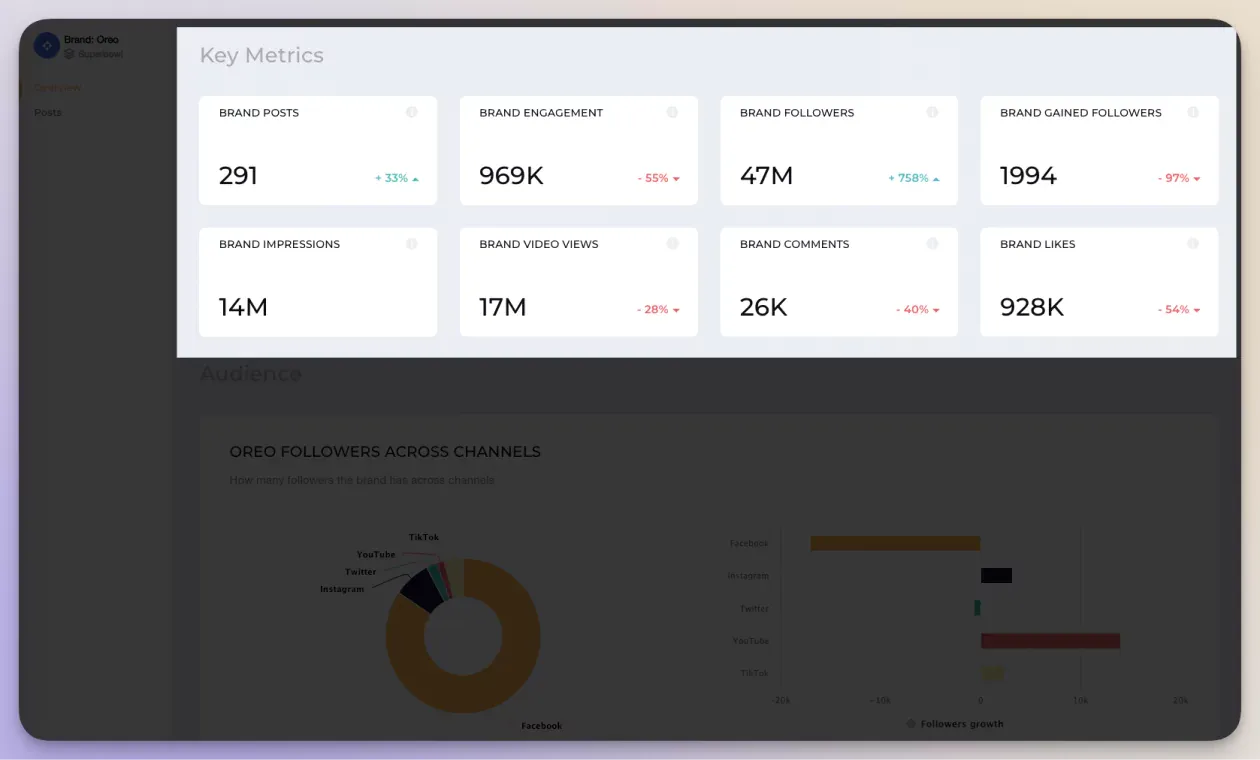
Final thoughts
Learning how to track ROI on social media is challenging but can move the needle for your business. Remember to set specific goals, leverage social media analytics tools to collect and measure data accurately, and attribute social media activities correctly. Don’t get discouraged if your initial result is not stellar. You’re on the right path and have plenty of data-backed ideas for boosting social media ROI.
FAQs about social media ROI
Which social media metrics demonstrate social media ROI?
There are many metrics to consider depending on social media goals, but some key ones include website traffic, leads generated, sales conversions, and engagement (likes, comments, shares).
How do you know if you have a 'good' social media ROI?
A 'good' social media ROI varies depending on the industry, business goals, and specific campaigns. Generally, a positive ROI indicates success. Keep an eye on industry standards and aim at long-term growth rather than one-time measurement.
What is the general social media ROI formula?
As mentioned earlier, you can use the formula ROI = (Gain from social media) / (Cost of social media) x 100. Remember, "gain" and "cost" can be measured by taking into account different factors depending on your business and goals.
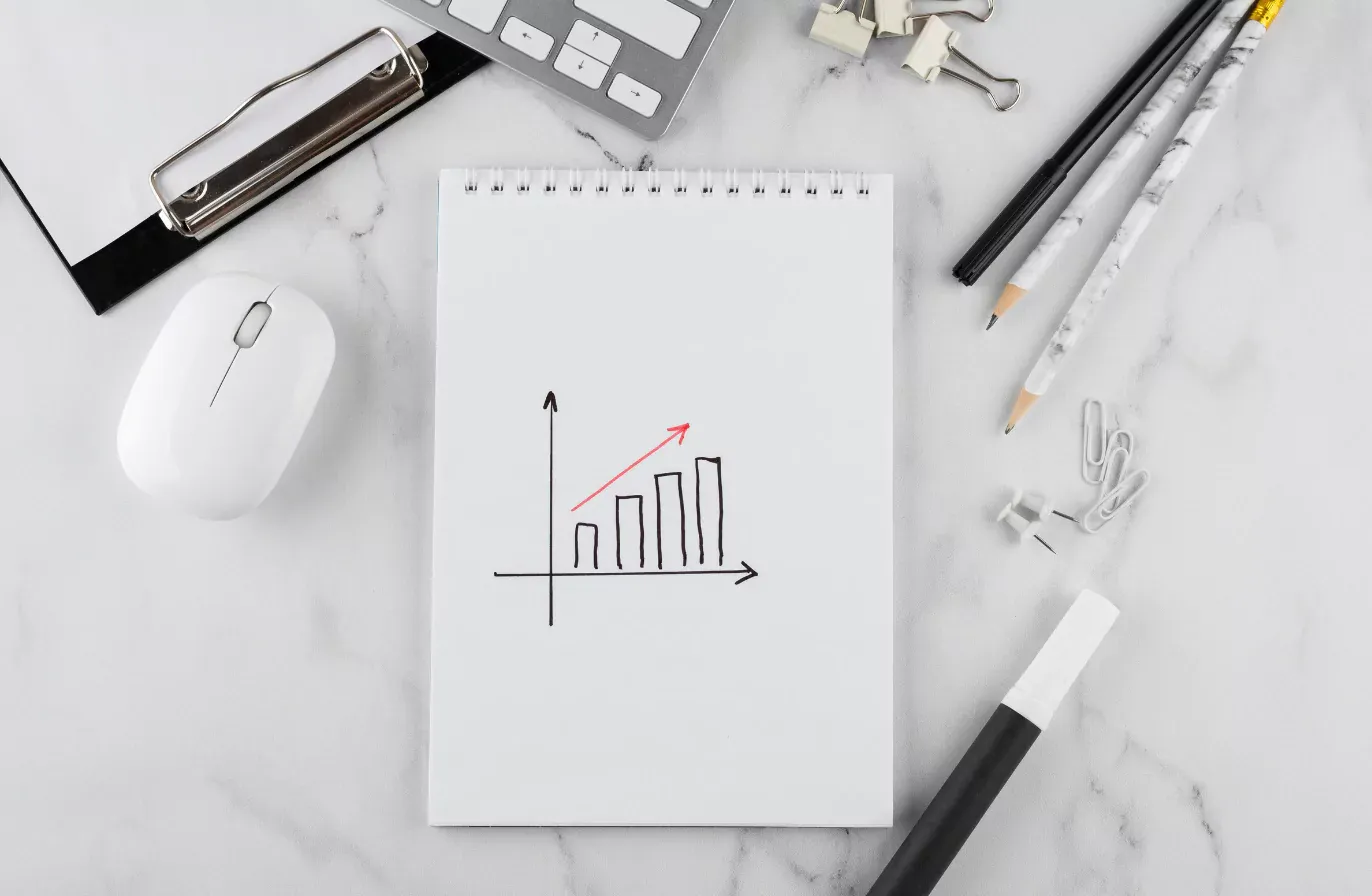





![[What Data Says] How Many Social Media Interactions Does Every Platform Drive](/blog/content/images/size/w1000/2025/03/interactions.png)

